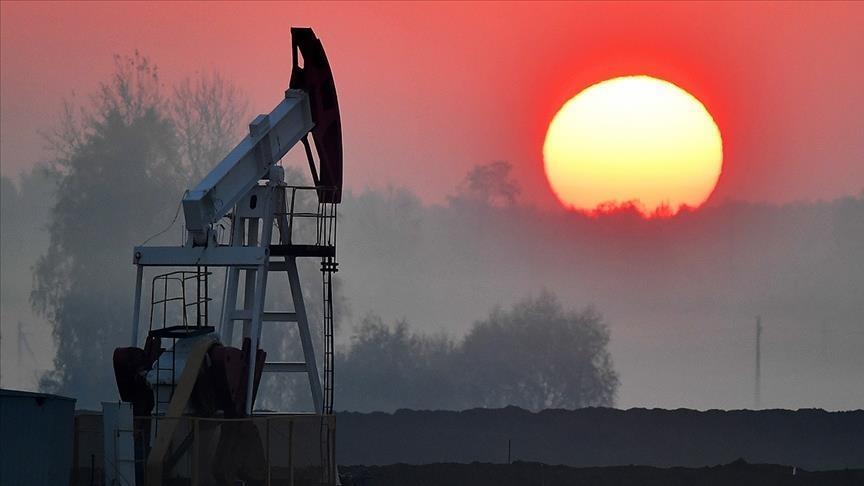Global oil demand is undergoing a significant change due to economic recovery and energy transition, with the shift to clean energy and efficiency improvements reshaping demand patterns.
The pace of global oil demand growth slowed significantly in 2024, rising by just 0.8% to 193 exajoules (EJ), according to the International Energy Agency’s (IEA) latest sector report.
Oil demand growth slowed sharply from 1.9% in 2023, reflecting weaker post-pandemic recovery, slower industry growth, and rising electric vehicle (EV) impact, the IEA’s ‘Global Energy Review 2025’ report revealed.
The 2024 increase fell below the pre-pandemic 1% average, aligning with IEA forecasts of stronger macroeconomic influence as COVID-19 effects faded.
For the first time, oil’s share of total global energy demand dipped below 30%, a significant milestone 50 years after its peak at 46%.
– China leads slowdown
China saw the sharpest slowdown in oil demand. After an 8.7% surge in 2023, growth fell to 0.8% in 2024, well below average.
The decline, most noticeable after the first quarter, was driven by EV expansion, more natural gas trucks, high-speed rail growth, and a weak property sector.
Meanwhile, oil demand rose as Brent crude prices fell 18% in 2022, but with only a slight decline in 2024, this boost vanished, limiting demand growth.
Consequently, while 2024 consumption was 1.3% above 2019 levels, the increase came almost entirely from a 12% rise in petrochemical feedstock demand over five years.
In advanced economies, oil demand stayed flat or dipped slightly due to EV growth, remote work, and efficiency gains.
It fell 0.1%, less than 2023’s 0.7% drop, but remained 5.4% below its 2019 level.
In the US, oil consumption remained flat in 2024, 4.3% below 2019 levels, with teleworking reducing gasoline use, while petrochemical demand rose 18% above pre-pandemic levels.
Europe and Japan saw weak demand growth, EU consumption was 7% below 2019 levels, and Japan’s demand fell 4.4% in 2024, totaling an 11.8% decline since 2019.
– Emerging markets drive growth
Despite China’s slowdown, oil demand in emerging economies kept rising, driven by urbanization, industrialization, and vehicle growth.
India led with a 3.4% increase in 2024, 11.6% above 2019 levels, with gasoline use up by 41.7%.
Southeast Asia grew 2.6%, while Africa and Latin America saw mixed trends.
High oil prices and a strong dollar hurt import-dependent nations, with Africa’s demand falling for a second year and Latin America’s growth mainly in Brazil, aided by biofuel policies.
– Demand in China slows as India takes lead
Francesco Sassi, a research fellow in energy geopolitics and markets at RIE, told Anadolu that China’s slowdown is both related to domestic and international dynamics.
A slowing economy, rising renewables, an expanding EV market, and increased LNG usage in heavy transport are all elements undermining the growth of oil demand, Sassi said.
Sassi stated that at the international level, Beijing has long been the major source of oil demand growth in the world, which also meant increasing reliance on imports from unstable regions and troubled choke points.
‘India is now very likely to take the lead in the next decades as the main country to lead the growth in oil demand,’ he said.
He added: ‘This shift entails a growing dependency on Middle East and Southeast Asia producers, but also further away in the Atlantic Basin and Russia, and a multilateral oil diplomacy with major exporters in these regions.’

